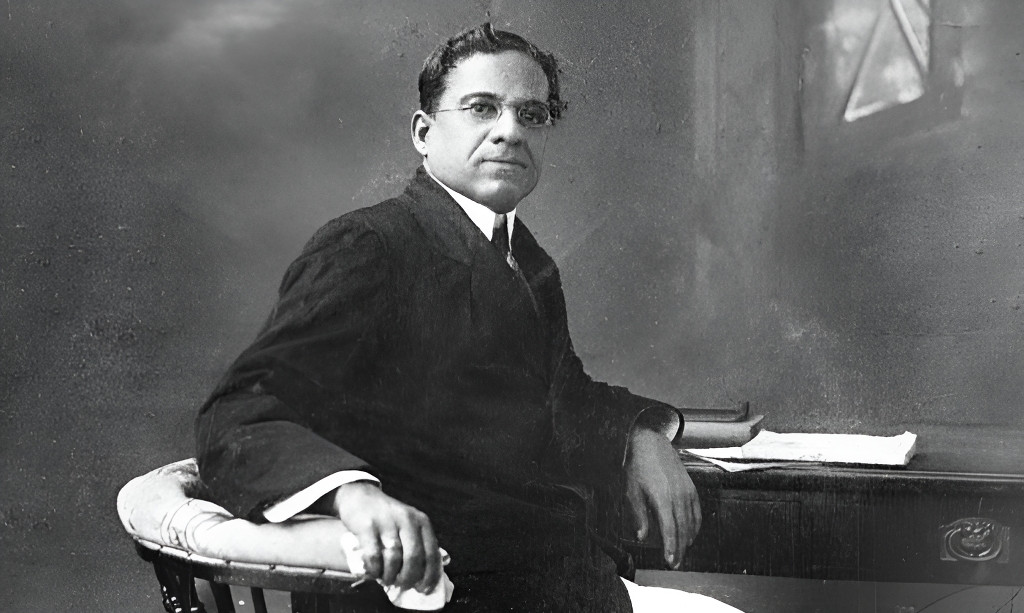Dadasaheb Phalke, also known as the father of Indian cinema, holds a significant place in the history of Indian film industry. On the occasion of his death anniversary on 16th February, it is important to reflect upon his life and the legacy he left behind. His contributions not only revolutionized Indian cinema but also paved the way for future filmmakers to explore their creative potential.
Early Life and Venture into Printing
Dhundiraj Govind Phalke, popularly known as Dadasaheb Phalke, was born on April 30, 1870, in Trimbakeshwar, Maharashtra. He had a keen interest in arts from an early age and pursued studies in various artistic disciplines. After completing his education, he started working as a photographer and draftsman. Phalke later ventured into the printing business and established his own printing press in Bombay (now Mumbai). This experience played a crucial role in shaping his future career in filmmaking.
Attraction to Filmmaking and Setting up Movie Making in India
In 1911, Phalke had a life-changing encounter with the art of moving pictures when he watched a silent film called “The Life of Christ.” The film left a profound impact on him and ignited his passion for filmmaking. Inspired by this newfound fascination, he decided to delve into the world of motion pictures.
However, at that time, there were no facilities or infrastructure for filmmaking in India. Undeterred by this challenge, Phalke traveled to London to learn more about filmmaking techniques and equipment. Armed with knowledge and determination, he returned to India with a vision to establish movie making within the country.
Life after 1930s: Challenges and Contributions
During the 1920s and 1930s, Dadasaheb Phalke faced numerous challenges, including financial constraints and technical limitations. However, these obstacles did not deter him from pursuing his passion for filmmaking. Phalke went on to direct and produce several successful films, including India’s first full-length feature film, “Raja Harishchandra,” released in 1913. This groundbreaking film marked the beginning of Indian cinema and laid the foundation for future filmmakers to explore their creativity.
Death and Legacy
Dadasaheb Phalke passed away on February 16, 1944, leaving behind a remarkable legacy. His contributions to Indian cinema continue to be celebrated even today. The Dadasaheb Phalke Award, instituted by the Government of India in his honor, is one of the highest honors bestowed upon individuals in the Indian film industry for their outstanding contributions.
Phalke’s pioneering efforts not only established the Indian film industry but also served as a catalyst for cultural preservation and promotion. Through his films, he showcased Indian myths, legends, and stories that helped preserve and promote Indian culture and values.

Links of Interest
If you want to learn more about Dadasaheb Phalke’s life and contributions to Indian cinema, here are some links that you may find interesting:
- Dadasaheb Phalke Biography
- Raja Harishchandra – The First Indian Feature Film
- Dadasaheb Phalke Award
Remembering the Legacy of Dadasaheb Phalke
Dadasaheb Phalke’s journey from a printing press owner to becoming the father of Indian cinema is truly inspiring. His dedication, passion, and vision laid the foundation for the Indian film industry as we know it today. Phalke’s legacy serves as a reminder of the power of storytelling and its ability to entertain, educate, and preserve culture. As we commemorate his death anniversary, let us remember and celebrate the remarkable contributions of this visionary filmmaker.
This post was published under the celebration of significant days as a part of Today in Bharat’s History series.